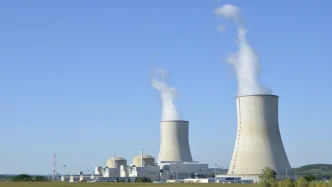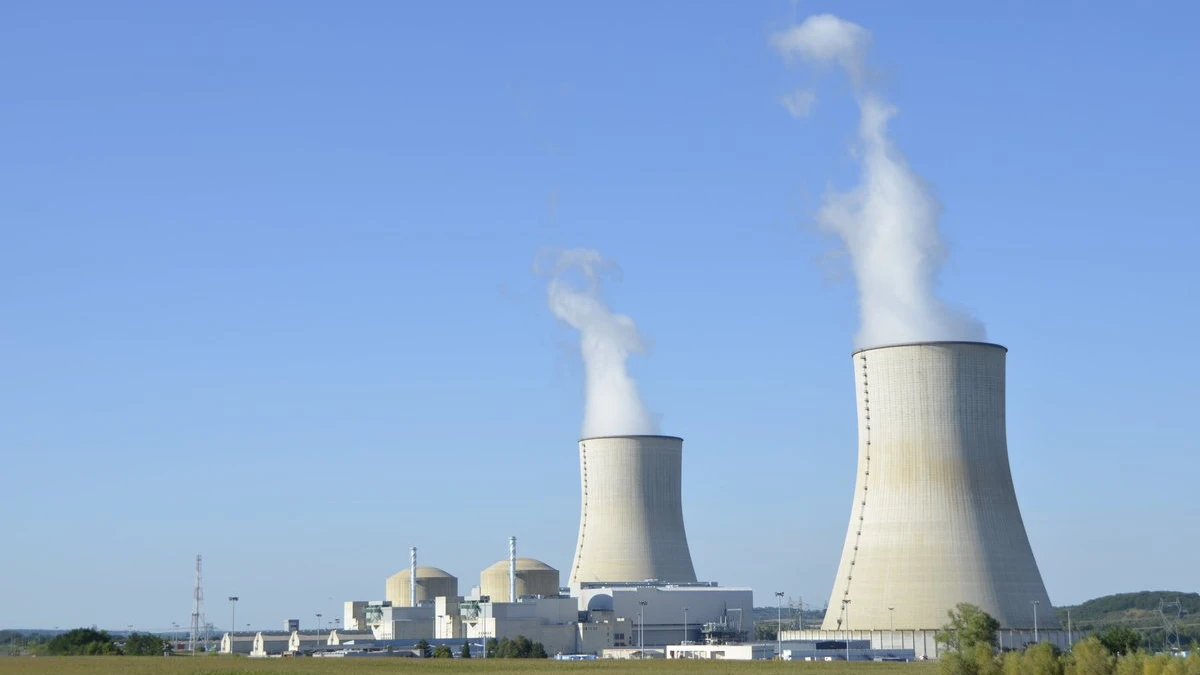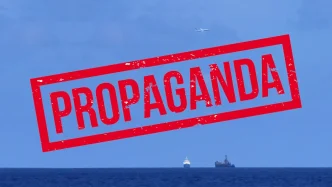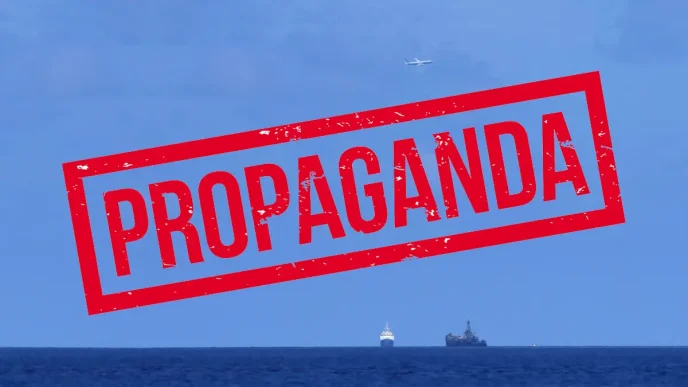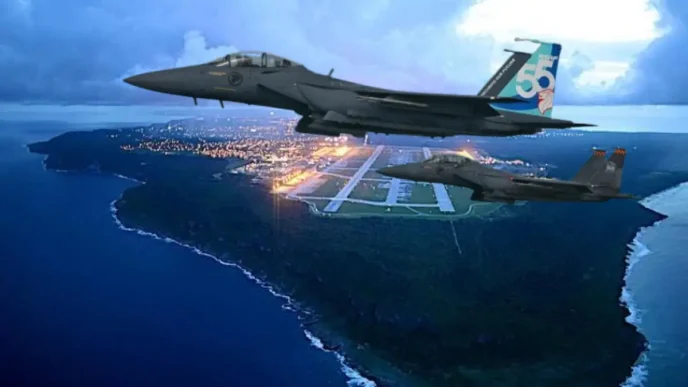Malaysia is taking tentative steps toward incorporating nuclear energy into its future power mix, a move aimed at securing a clean, stable, and competitive electricity supply. Deputy Prime Minister Datuk Seri Fadillah Yusof announced this development as part of a broader strategy to diversify energy sources, enhance long-term energy security, and reduce the nation’s carbon footprint in line with global climate commitments.
A Strategic Shift Amid Climate Goals
The Malaysian government’s exploration of nuclear energy comes on the heels of the 13th Malaysia Plan, recently presented by Prime Minister Datuk Seri Anwar Ibrahim. This plan outlines the country’s roadmap for sustainable development, with energy security and environmental responsibility at its core. Speaking at the opening of the 12th ASEAN Network of Regulatory Bodies of Atomic Energy (Aseantom) annual meeting in Johor Baru on August 12, 2025, Fadillah emphasized the urgency of addressing growing energy demands while adhering to international climate change obligations.
“This is in line with our climate change commitments and growing energy needs” said Fadillah, who also serves as the Energy Transition and Water Transformation Minister. His remarks underscore a pivotal moment for Malaysia, a nation historically reliant on fossil fuels, as it seeks to pivot toward low-carbon alternatives. Nuclear energy, long a contentious topic due to safety and security concerns, is gaining renewed interest globally as a viable solution for nations aiming to cut emissions without sacrificing energy reliability.
However, the path to nuclear adoption is far from straightforward. Fadillah stressed that any decision would be grounded in rigorous technical analysis, ensuring alignment with national development priorities and strict compliance with international standards. This cautious approach reflects Malaysia’s intent to balance innovation with responsibility, particularly in a region where energy demands are soaring alongside economic growth.
Preparatory Steps and International Guidelines
To navigate this complex terrain, the Malaysian government has tasked MyPOWER Corporation, the designated Nuclear Energy Programme Implementing Organisation, with spearheading preparatory efforts. These efforts adhere to guidelines set by the International Atomic Energy Agency (IAEA), a global authority on nuclear safety and regulation. According to Fadillah, the process involves a multi-faceted approach, encompassing technical committees from various ministries, departments, and agencies. Key areas of focus include national positioning, legal and regulatory frameworks, stakeholder engagement, and the development of human capital to support a potential nuclear program.
This structured preparation signals Malaysia’s commitment to a transparent and methodical evaluation of nuclear energy. The involvement of multiple government bodies ensures that diverse perspectives—ranging from economic impacts to public safety—are considered before any concrete steps are taken. Moreover, compliance with IAEA standards aims to reassure both domestic and international stakeholders that safety and security remain paramount, addressing historical apprehensions about nuclear power following global incidents like Fukushima in 2011.
Regional Collaboration and Nuclear Governance
The Aseantom meeting, where Fadillah delivered his address, serves as a critical platform for regional dialogue on nuclear governance. Bringing together representatives from atomic energy regulatory bodies across all ASEAN member states, as well as dialogue partners like Japan and South Korea, and international organizations including the IAEA, the five-day event fosters collaboration on capacity building and technical cooperation. Fadillah described the meeting as occurring at a defining moment highlighting the accelerating global transition to clean energy, the pressing need for climate resilience, and the transformative potential of emerging technologies.
“As we explore next-generation nuclear technologies, our commitment to safety, security, and safeguards must remain uncompromising” he asserted. This statement reflects a broader recognition within ASEAN of the dual-edged nature of nuclear energy: while it offers a pathway to decarbonization, it demands robust oversight to prevent misuse or accidents. During the meeting, Malaysia’s Atomic Energy Department took a significant step by signing a memorandum of understanding with the World Institute for Nuclear Security, aiming to bolster international cooperation and enhance nuclear security capabilities.
Such collaborative efforts are vital for a region like Southeast Asia, where energy needs are diverse and infrastructure varies widely. For Malaysia, partnerships with ASEAN neighbors and global bodies could provide access to expertise and technology, potentially easing the transition to nuclear power if deemed feasible. This regional framework also helps address shared challenges, such as cross-border environmental impacts and the harmonization of regulatory standards.
Enhancing Monitoring and Safety Measures
In parallel with discussions on nuclear energy, Malaysia is also strengthening its capacity to monitor environmental radiation, a critical component of any nuclear strategy. Science, Technology, and Innovation Minister Chang Lih Kang revealed plans to install four Gamma Spectrometry Water Monitoring System units by the end of 2025 in key locations: Langkawi, Perhentian, Tioman, and Bintulu. These units will complement an existing system at Universiti Malaysia Sabah, enabling early detection of abnormal radiation levels in water sources.
“The devices will complement the existing unit already in operation at Universiti Malaysia Sabah” Chang noted. He added that this initiative extends beyond Malaysia, with similar systems linked across ASEAN to facilitate regional monitoring. This interconnected approach ensures that any anomalies—whether from natural sources or potential nuclear activities—can be swiftly identified and addressed, reinforcing public safety.
The deployment of these monitoring systems highlights Malaysia’s proactive stance on environmental protection, even as it contemplates nuclear energy. By investing in detection technologies, the government aims to build trust among citizens wary of nuclear power’s risks, demonstrating that safety mechanisms are in place to mitigate potential hazards.
Broader Implications for Energy Policy
Malaysia’s exploration of nuclear energy must be viewed within the broader context of its energy policy and regional dynamics. The country currently relies heavily on natural gas and coal for electricity generation, a mix that contributes significantly to greenhouse gas emissions. With international pressure mounting to meet net-zero targets—Malaysia has pledged to achieve carbon neutrality by 2050—diversifying the energy portfolio is not just an option but a necessity. Renewable sources like solar and hydropower are already part of the strategy, but their intermittent nature poses challenges for consistent power supply, particularly in an industrializing economy.
Nuclear energy, with its capacity for continuous, low-carbon output, could address this gap. Yet, the financial and logistical hurdles are substantial. Building nuclear infrastructure requires billions in investment, long-term planning, and public acceptance—elements that Malaysia must carefully navigate. The government’s emphasis on comprehensive analysis suggests an awareness of these challenges, as well as a determination to avoid hasty decisions that could backfire politically or economically.
Regionally, Malaysia’s potential move toward nuclear energy could set a precedent for other ASEAN nations. Countries like Indonesia and Vietnam have also expressed interest in nuclear power as part of their energy transitions, though progress has been slow due to regulatory and safety concerns. Malaysia’s adherence to IAEA guidelines and participation in platforms like Aseantom could position it as a leader in shaping regional nuclear policy, provided it successfully balances innovation with risk management.
Public Perception and Future Challenges
One of the most significant barriers to nuclear adoption in Malaysia is public perception. Decades of global narratives around nuclear disasters have fostered skepticism, if not outright opposition, among citizens. The government will need to engage in extensive outreach to educate the public on the benefits and safeguards of modern nuclear technology, particularly next-generation reactors that promise enhanced safety features. Stakeholder engagement, as highlighted by Fadillah, will be crucial in building a social license for nuclear energy—a process that could take years.
Additionally, Malaysia must contend with geopolitical considerations. Nuclear programs, even for peaceful purposes, often attract scrutiny from international powers concerned about proliferation risks. Close cooperation with the IAEA and transparency in policy development will be essential to allay such concerns and maintain Malaysia’s standing as a responsible global actor.
Looking Ahead
As Malaysia weighs the inclusion of nuclear energy in its power mix, the journey is just beginning. The government’s commitment to thorough evaluation and international collaboration suggests a measured approach, one that prioritizes safety and sustainability over expediency. Yet, the road ahead is fraught with technical, financial, and social challenges that will test the nation’s resolve.
For now, the focus remains on preparation and dialogue, both within Malaysia and across ASEAN. As the clean energy transition accelerates globally, Malaysia’s decisions in the coming years could shape not only its own future but also the regional landscape of energy innovation. Whether nuclear power becomes a cornerstone of that future remains an open question, one that will demand careful consideration and unwavering commitment to the principles of security and environmental stewardship.
